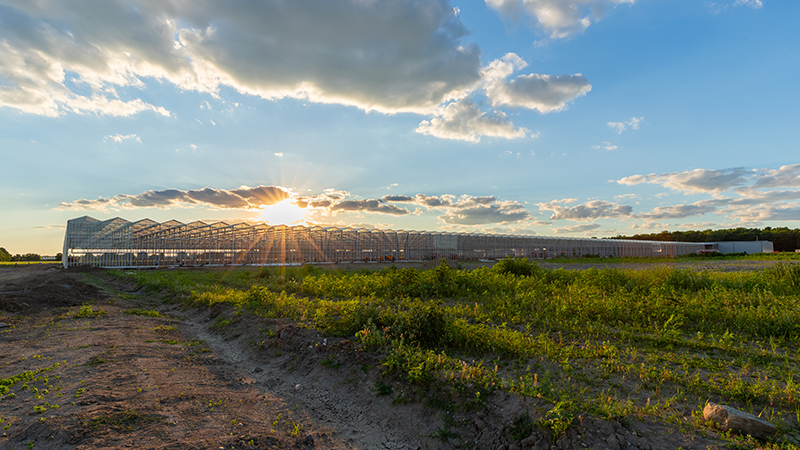Heads Up H-2A Users: Adverse Effect Wage Rate Revealed
With the release of USDA’s Farm Labor Survey on February 11, growers who utilize the H-2A program finally know the minimum wage they must pay their workers in 2021.
Normally this wage rate, known as the Adverse Effect Wage Rate (AEWR), is known when the Farm Labor Survey is released in November, but changes in policy that were proposed and then struck down in the courts over the last four months delayed the Farm Labor Survey’s release, which in turn held up the AEWR announcement. The survey reveals an average increase of $0.63 per hour, or 4.5%, from 2020 to 2021, though there are considerable regional differences.
The process of amending the wage methodology for the H-2A program began in the fall of 2020. In September, USDA issued a notice that it would no longer conduct the Farm Labor Survey, which is typically carried out in April and October and released in May and November, respectively. This change was important because the Department of Labor (DOL) uses the data from the two surveys to calculate the annual national average gross wage rate, which becomes the AEWR. The annual national average gross wage is included in the November FLS report.
In November, DOL announced a final rule that would have updated the methodology for determining the annual AEWR in the H-2A visa program. Both actions were challenged in court.
The methodology changes never went into effect because on December 23, a federal court in California ruled against the implementation of DOL’s final rule to alter the methodology used to calculate the AEWR for the H-2A program. The judge’s decision required DOL to issue the 2021 AEWR by February 25. In a separate court decision, a judge ordered USDA to reinstate the FLS. As a result of the court rulings, none of the changes to the wage methodology for the H-2A program will be implemented.
Learn here in this story from the American Farm Bureau Federation.









